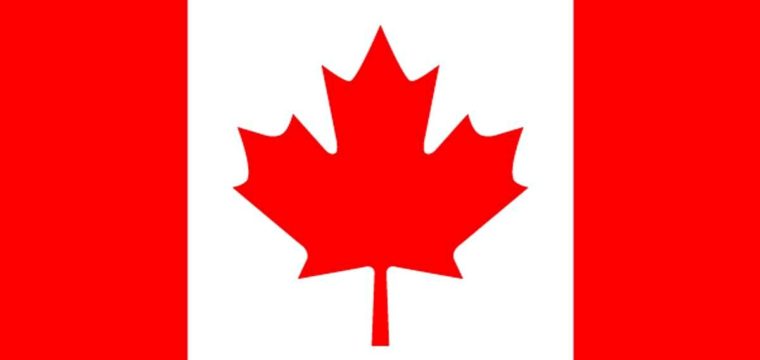Canada is in the midst of a massive update to its trademark laws. Here are three key changes:
- Canada is starting to use the Nice Classification system for goods and services. Currently, a Canadian trademark application lists all wares (goods) and services in a single, sometimes lengthy listing. Soon these will be divided into “classes”, as happens in virtually every other country in the world.
- Canada is joining the Madrid Protocol. This means that those with an International Registration can designate Canada as a country to which they want their trademark protection extended. Those who have International Registrations can also assign ownership of the International Registration to a Canadian entity, which is currently not possible. (This is a potentially large benefit for U.S. companies that may have cross-border operations, but the inability to do this currently is just one of the reasons that I generally recommend against my U.S. clients using the Madrid Protocol to get international trademark protection.)
- Canada is dropping the “use” requirement for trademarks. In this, Canada is moving away from the U.S. model (which has stringent use requirements) and toward the model favored by most other countries, including the European and Chinese systems, which don’t much care if you are using a trademark.
I’m very much in favor of Canada adopting the Nice Classification system, except that I fear they will start charging for trademark applications on a “per class” basis like the rest of the world, which will increase expenses for many of my clients. Yet the benefits of fitting into the standard that everyone else uses seems worth the downside risks. (Currently, Canadian applicants have the option of dividing the goods and services of applications into classes, without extra fees, but I assume this will change once the new laws are fully implemented.)
I am curious to see whether Canadian trademark examiners will continue to be as “particular” as they are now. Europe has recently become more stringent in the goods and services that it will accept for a European Trademark Application (no longer accepting class headings). Canada has traditionally been as difficult to satisfy as U.S. trademark examiners—more so in several cases I could recount. With the move to the Nice system, will Canadian examiners feel that the class system provides enough order to their world, or will they continue to require multiple revisions to get the wording “just right”? My best guess is that the latter is more likely.
Finally, I wonder if Canada will start using the term “Goods” instead of “Wares,” as they do now.
Regarding the change to drop the use requirement, I agree with many of my colleagues in Canada who fear that this is a large step backward.
The use requirement in the United States has always been seen as a nod to the sound theoretical basis of granting someone exclusive rights to a word or symbol, namely, that a trademark must represent something in the minds of consumers. That concept of “goodwill” is dependent on consumers seeing the trademark in the marketplace—it must be used, or it cannot be seen and cannot generate the goodwill on which trademark rights are based.
By dropping the use requirement, Canada is adopting the “first to file” system of Europe, where rights are available for the asking, without regard to whether the mark has been used. (Admittedly, if a mark is not used for several years, it can be attacked by third parties, but that is a much lower standard of use than the U.S. requires.)
The result is that trademarks become disconnected from the mental impressions of consumers—they lose their reason for being: protecting consumers from misuse of brands that they have come to trust. Trademarks can be bought and sold without regard to the goodwill that they represent. The trademark law drops to its second-tier justification of protecting business owners.
Moreover, the lack of a use requirement encourages “squatting” by bad faith registrants and defensive trademark registrations, both of which tend to clutter up a trademark registry with thousands of marks that are not being used, but that cannot then be used by anyone else. The U.S. system has its challenges, but it is generally successful in avoiding these problems.
My hope is that the new Canadian trademark law may at least provide a judicial means of attacking unused marks that is less expensive than the U.S. system, which resembles in cost (in many cases) a full-on lawsuit, and thus acts as a strong deterrent to all but the largest trademark owners in enforcing their valid trademark rights.
